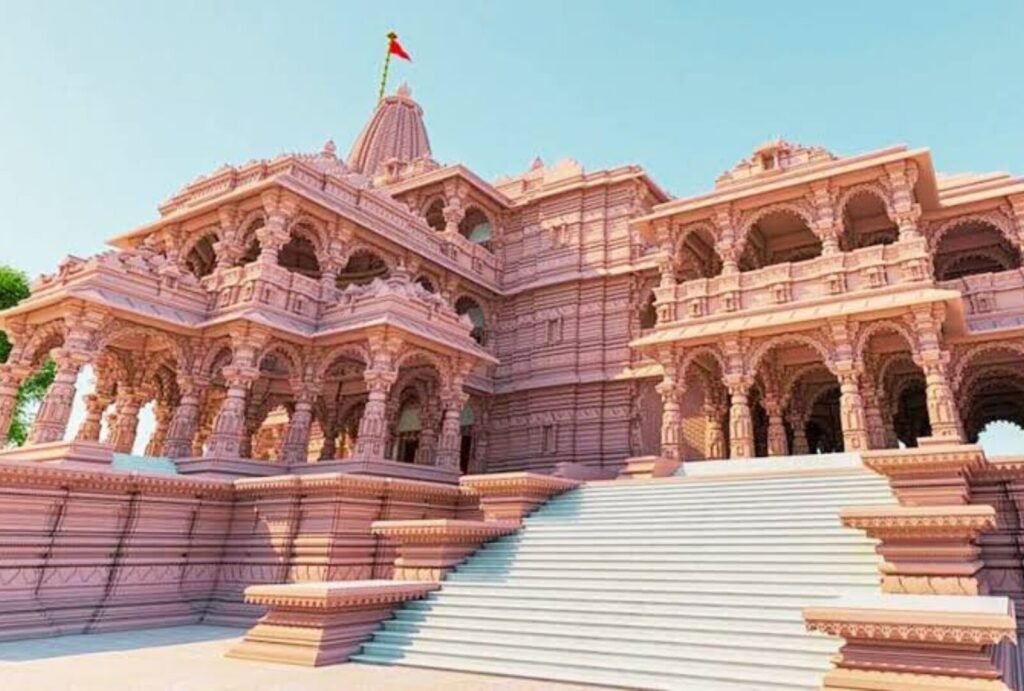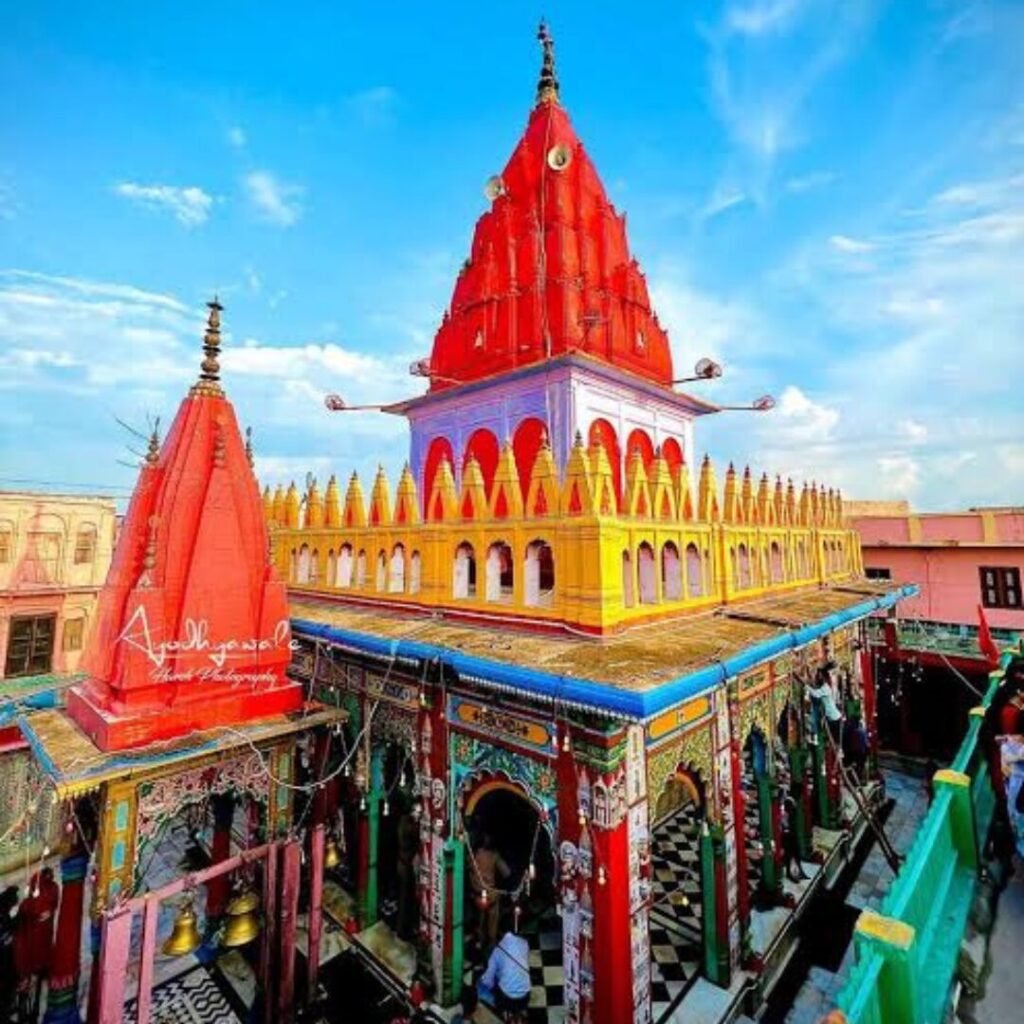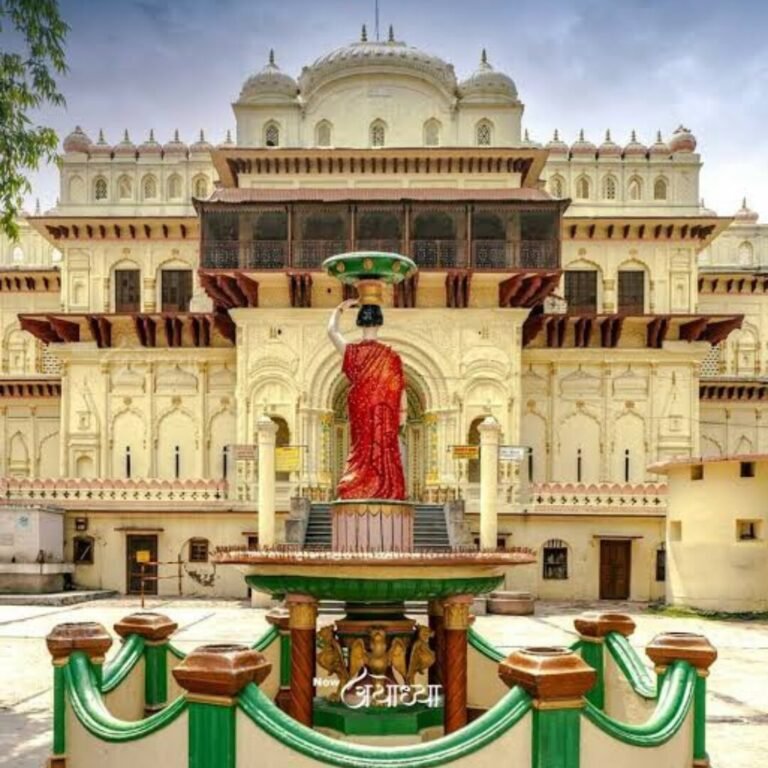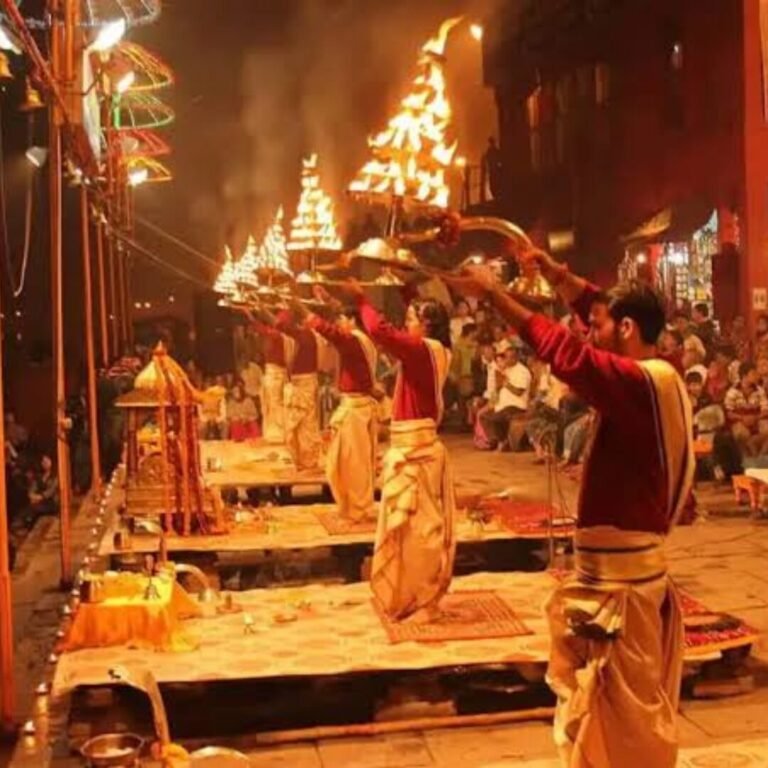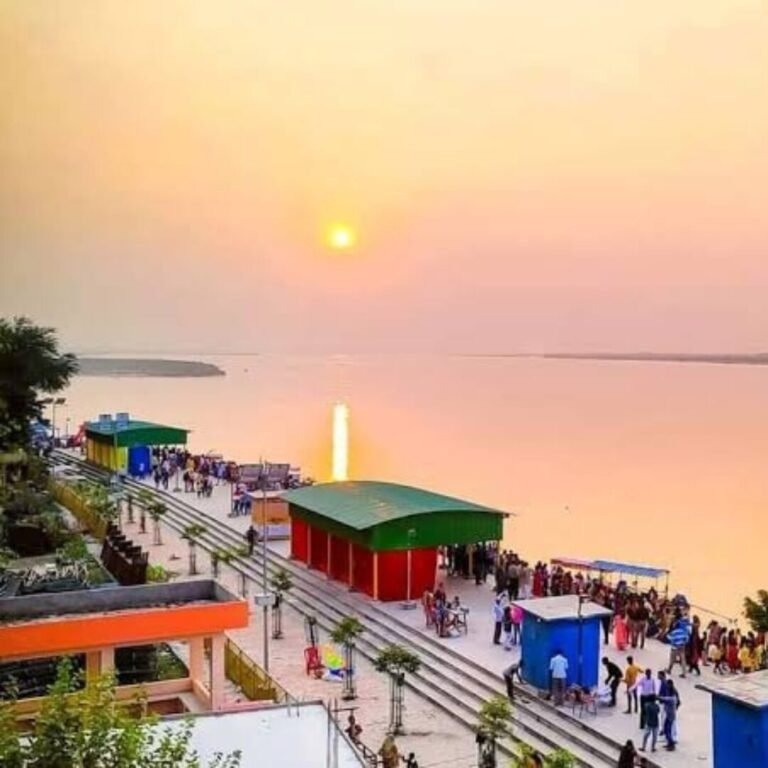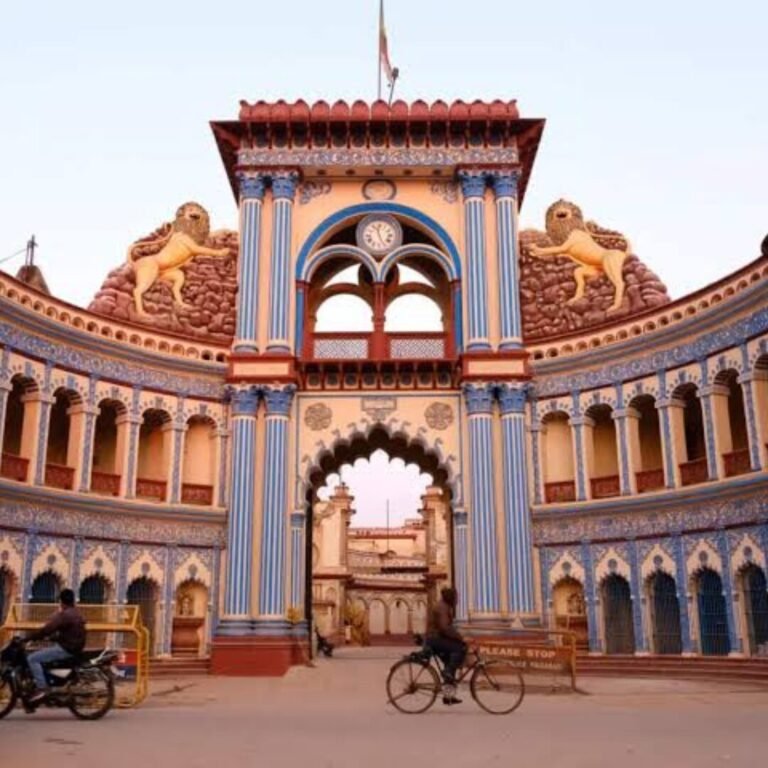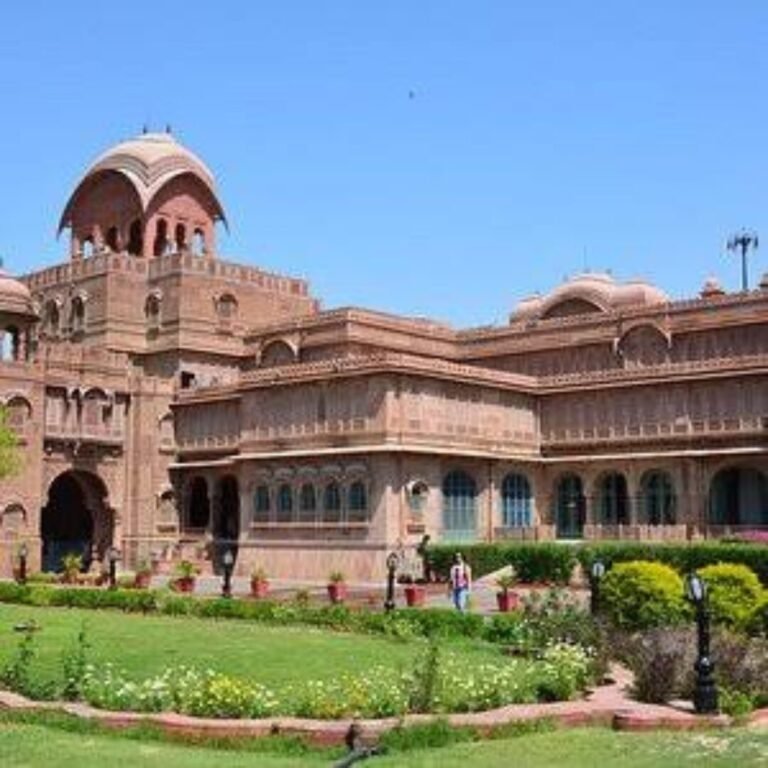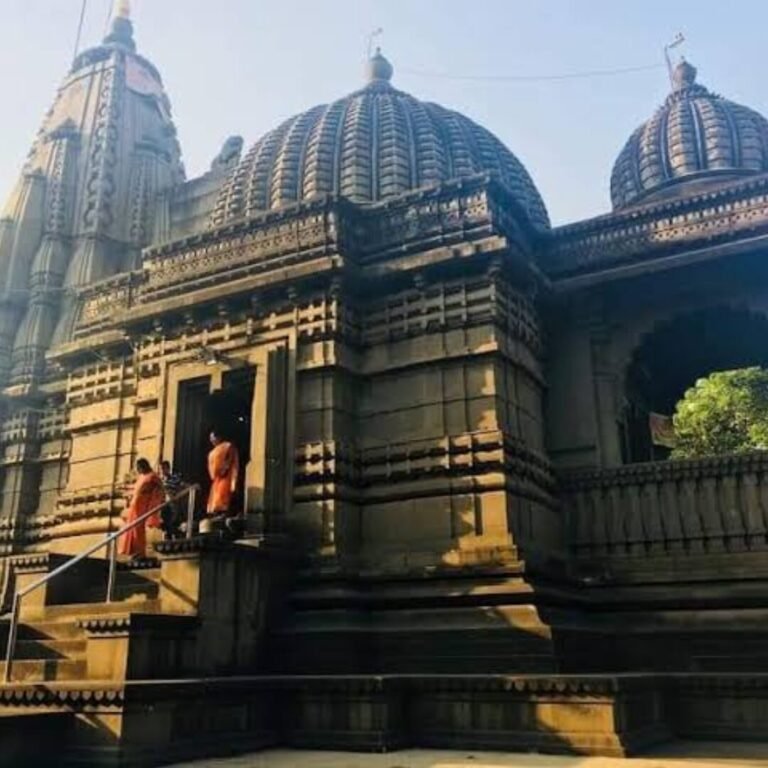Ayodhya Calling!
Ayodhya, a timeless destination to seek pilgrimage, explore history, and experience magnificent spiritual retreat where each step through echoes with resonant tales of devotion, beauty and legends.
So block your dates and mark your calendar, as we are set to guide you for a three-day itinerary to visit Ayodhya.
Every corner of Ayodhya tells a tale of ancient legends and cultural richness. With the wide range of festivities around the year and the unique travel experience that one can get here is what makes Ayodhya a cultural hotspot for all tourists across the world.
Millions of devotees and tourists are expected to visit Ayodhya following the opening of the new temple, motivated by faith, tradition, and curiosity.
"
Explore the historic, spiritual, and culturally rich ancient city of Ayodhya in 3 Day itenary to visit ayodhya
- Table of Content
- DAY 1
- DAY 2
- DAY 3
- How to reach Ayodhya?
- Final Thoughts
But how to make the most of it, when travelling to Ayodhya?
The beautiful city of Ayodhya can be challenging to see in a few days, but a well-planned itinerary can guide you to make most of it.
So here’s a 3-day itinerary on your visit to Ayodhya.
DAY 1
1. Hanuman Garhi
One can climb the stairs to reach this 10th-century temple dedicated to Hanuman, the monkey god and loyal devotee of Rama. It is situated on a hill and offers a panoramic view of Ayodhya from the top.
2. Ram Janmabhoomi
It is the revered birthplace of Lord Ram. As reverend and sacred as it already is, its sanctimoniousness has increased manifold since the building of the Ram Mandir here. It has also garnered attention for its architectural splendour and significance.
3. Nageshwarnath Temple in Ayodhya
Kush, the son of Rama, built a temple dedicated to Lord Shiva. It is said that this temple helped Rama recognise his sons when he returned to Ayodhya after 14 years of exile.
4. Aarti at Saryu River
According to the Skanda Purana, its waters are considered the most sacred in the world. Its river banks have been home to great sages in bygone eras. People visit this place for its tranquil beauty and peace.
Related Article: What is the Spiritual Essence of Varanasi?
DAY 2
5. Kanak Bhavan
The exquisite architecture of Kanak Bhavan, a temple dedicated to Lord Rama and Sita, is marvellous and full of beautiful idols and intricate carvings. It is also known as Sone-ka-Ghar or the House of Gold.
6. Gupta Ghar
This ghat, which now goes by the name Gupta Ghat Van, was once located next to the colonial Company Gardens and had a flight of steps leading to the holy river.
DAY 3
7. Treta Ke Thakur or Tretanath Temple
Treta Ke Thakur is another highly significant temple in Ayodhya dedicated to Lord Rama. It is open to the public only once a year on a day marked as the Ekadashi.
8. Sita Ki Rasoi
Sita Ki Rasoi is believed to be Sita’s kitchen during her stay in Ayodhya. And many fascinating tales in history and mythology can be traced back to this place.
9. Ramayana Art Gallery
One can experience a one-of-a-kind depiction of the epic of Ramayana through art and artefacts and gain insights into the cultural heritage of Ayodhya.
10. Ayodhya Ki Ram Leela
Enjoy the vibrant Ram Leela performances if visiting during the festival season. The reenactment of Lord Rama’s life.
Plan your trip in advance
The best time to visit
Ayodhya has extreme weather, with scorching summers and cold winters. The best time to visit the city is from October to March when the weather is pleasant and suitable for sightseeing. October and November are particularly busy due to the Diwali festival, which is celebrated with great enthusiasm in Ayodhya.
Visiting during the weekdays and early mornings is best to avoid the crowds. It will ensure a more peaceful and rush-free experience.
Where to stay in Ayodhya?
Ayodhya has a wide range of hotels and guesthouses to choose from. It has warm and comfortable hospitality catering to different budgets. The following hotels are situated at the heart of the city giving easy access to all the essential landmarks in the city:
- The Ramayana Hotel is a 5-star hotel that offers yoga, a lounge, and free parking. It has a rating of 4.3 out of 5 on Tripadvisor.
- OYO 26931 Madhav Bhavan, a low-cost hotel with free WiFi and breakfast included. It has a 4 out of 10 rating on Tripadvisor.
- Shakti Guest House is a cosy guest house near Ram Katha Park. Although it does not yet have any ratings on Tripadvisor, it may be a suitable option for a peaceful stay.
Where to stay in Ayodhya?
Ayodhya, an ancient city steeped in history and revered as a sacred pilgrimage site, is significant in culture and provides a delectable culinary experience. These are the must-tries when in Ayodhya:
- Kheer: A traditional dish made with rice, milk, sugar, cardamom, and saffron.
- Tehri: A rice dish similar to biryani, is prepared with rice, spices, and vegetables.
- Chaat: Rich in colour and loaded with flavours, it comes in tangy, spicy, sweet, and sour varieties.
- Rabri: This creamy, sweet delicacy is almost a part of Ayodhya’s culinary identity.
- Bedmi Poori: The lentil combination is made with urad or moong dal and eaten with aloo sabzi.
- Farra: Prepared with rice, flour, salt, and water doughed, rolled into sticks and boiled.
- Baati Chokha: Baati is made with gram flour and loaded with herbs and lentils and Chokha is made with mashed potatoes mixed with spices.
How to reach Ayodhya?
By air
You can travel to Ayodhya via Indigo, air India Express and Spicejet and the nearest airport is Maryada Purushottam Shri Ram International Airport and then next to that is Lucknow Chaudhary Charan Singh International Airport. Even direct flights to Lucknow are available from Mumbai, Delhi, and Bangalore.
By Rail
Ayodhya is served by trains from cities including Delhi, Varanasi, Lucknow, Kolkata, and Mumbai. The railway station is approximately 3 kilometres from the city centre.
By Road
Bus:
The nearest bus station is Ayodhya bus station, and direct buses are available from Lucknow and Kanpur
How to reach Ayodhya?
1. Faizabad (7 kilometres away)
- Gulab Bari: This beautiful garden houses Nawab Shuja-ud-Daulah's mausoleum. The structure is decorated with beautiful architectural patterns and surrounded by lush greenery.
- Faizabad Museum: Explore Faizabad's rich history and culture through the intriguing artefacts on display in this museum.
- Ramkatha Park: A well-kept park with statues and murals depicting scenes from the Ramayana, which highlight Faizabad's connection to Lord Rama.
2. Barabanki (100 kilometres away)
- Dewa Shareef Dargah: is a well-known Muslim shrine known for its peaceful atmosphere and annual Urs festival, which attracts devotees from all over.
- Sri Krishna Janmabhoomi: is a religious site believed to be Lord Krishna's birthplace, where you can immerse yourself in devotion and spirituality.
- Siddheshwar Temple:Dedicated to Lord Shiva, this ancient temple with intricate architecture is a popular pilgrimage site.
3. Lucknow (136 kilometres away)
- Bara Imambara: This magnificent structure from the 18th century is an architectural marvel that contains several chambers, winding passages, and a large hall with no central support.
- Hazratganj It is a thriving shopping district with a plethora of options for shopaholics and foodies.
- Rumi Darwaza: Also known as the Turkish Gate, this massive gateway with exquisite carvings is another architectural marvel of Lucknow.
4. Shravasti (97 kilometres away)
- Jetavana Monastery: This ancient monastery, believed to have been donated to Lord Buddha by a wealthy merchant, is a popular pilgrimage destination for Buddhists.
- Anand Bodhi Tree: This tree, said to be where Lord Buddha taught many sermons, is considered sacred and attracts devotees worldwide.
- Magh Ruins: Visit the ruins of ancient Shravasti, which include stupas and monasteries, to get a glimpse of its glorious past.
5. Gonda (50 kilometres away)
- Kapilmuni Temple: Dedicated to the sage Kapilmuni, this temple is set in natural surroundings and provides a peaceful environment for seekers of spirituality.
- Saryu Barrage: Located on the banks of the Saryu River, this barrage provides irrigation for the region, a picturesque view, and a peaceful environment.
- Sonepur Bird Sanctuary: This sanctuary, which covers 25 acres, is home to many migratory birds and provides excellent opportunities for birdwatching.
Final Thoughts
A visit to Ayodhya provides a multifaceted experience that combines history, spirituality, culture, and natural beauty. It’s an opportunity to connect with India’s past while immersing yourself in this ancient city’s unique atmosphere.
The city is home to numerous temples and ghats along the sacred Sarayu River, which provide a serene setting for meditation and reflection.
The city comes alive during festivals such as Diwali and Ram Navami, creating a distinct and vibrant atmosphere. Participating in these celebrations allows you to experience Ayodhya’s cultural vibrancy firsthand.
Ayodhya is more than just a religious destination; it also combines history, spirituality, and cultural diversity, making it an appealing and enriching destination for visitors.
Subscribe to new post
The One Liner
Useful Links
Order Related Queries
Useful Links
Order Related Queries
